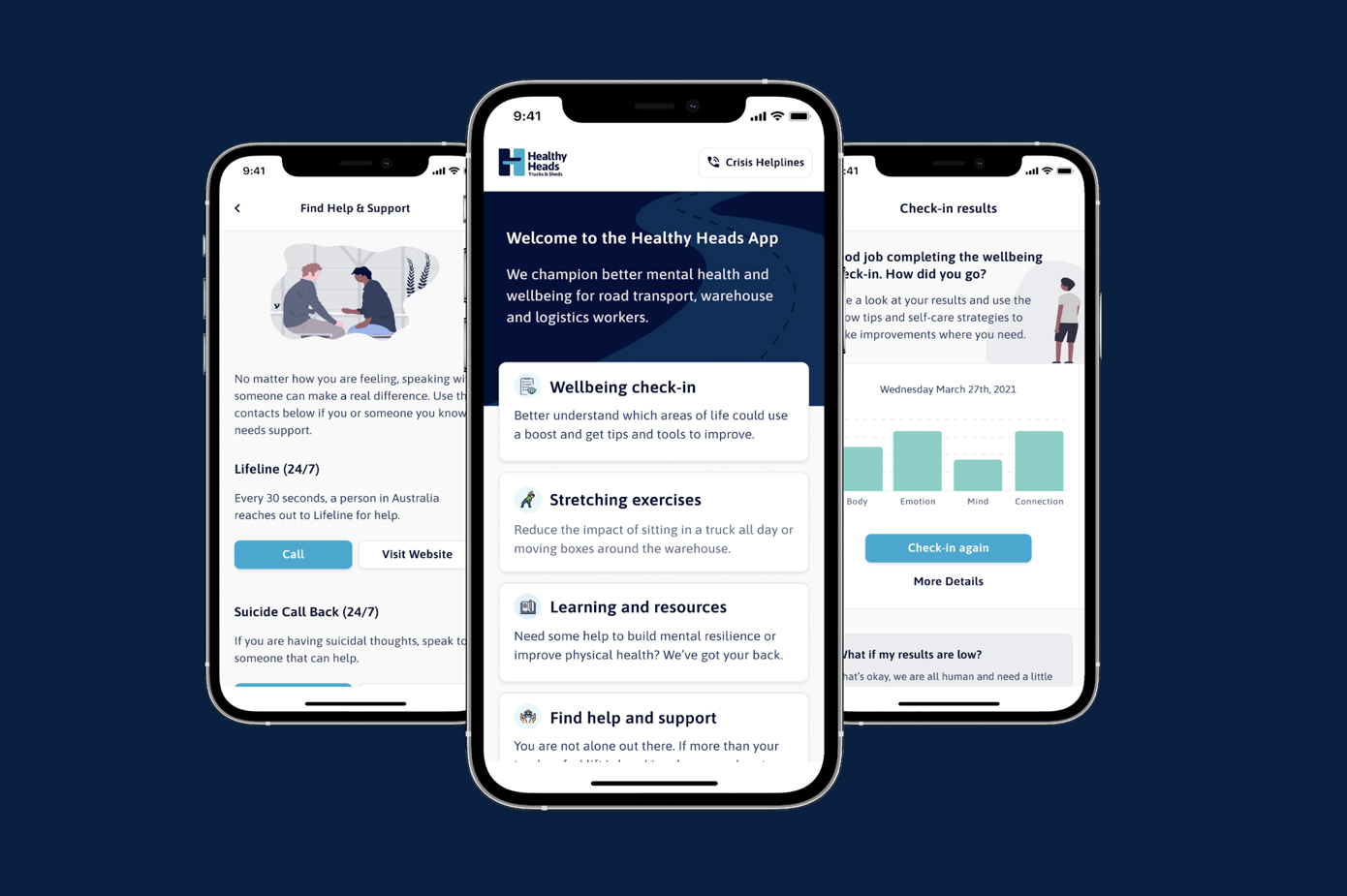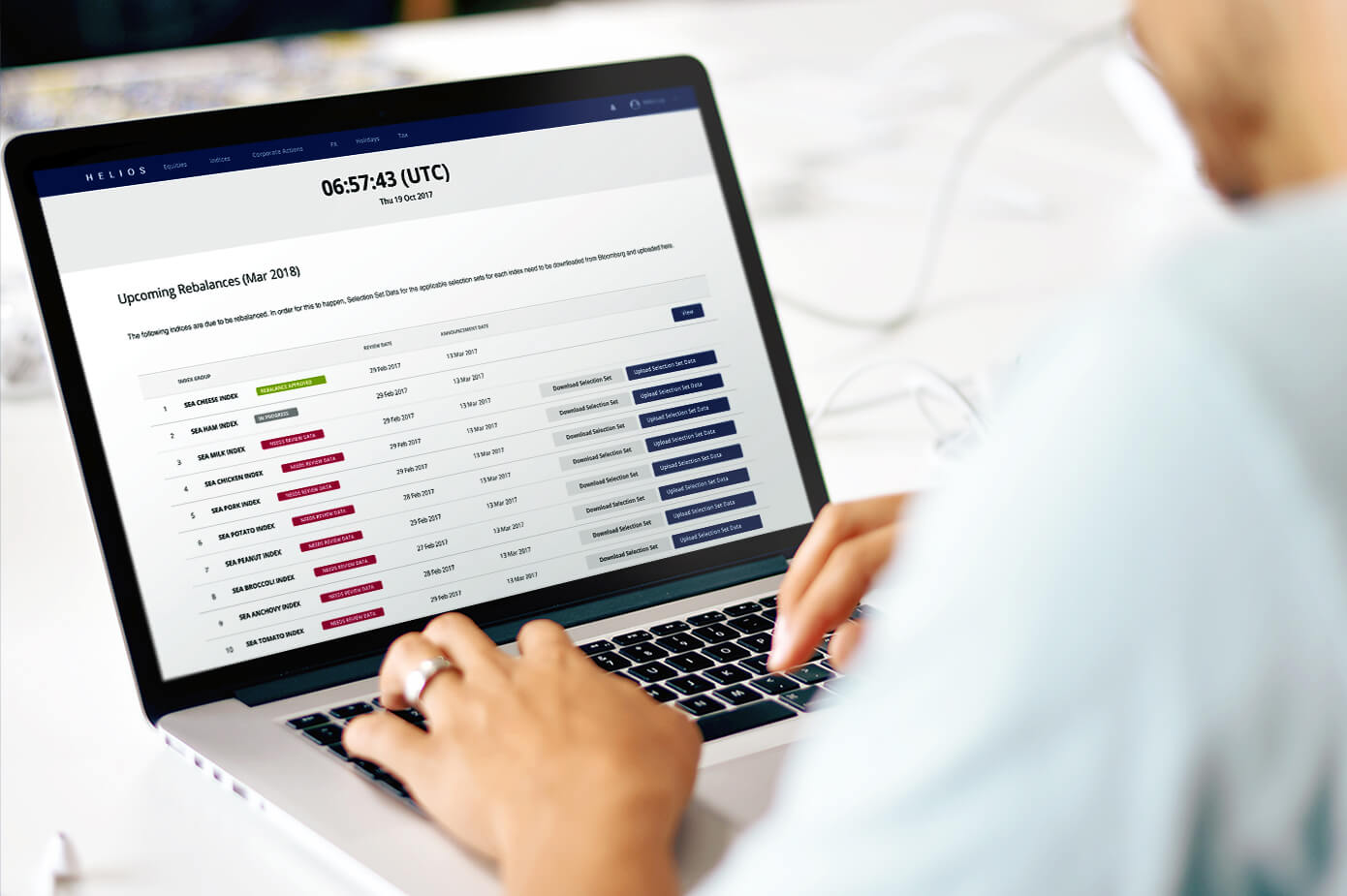Digital Triage Product Discovery & Validation
Client
Private Health Insurance Provider (2022)
Product team
1x Lead Product Designer and Consultant (me)
1x Lead Product Manager and Consultant
Opportunity
The Client engaged us to help them validate a new health service product and business opportunity — a non-human-powered digital triage service that allowed customers to get the appropriate care advice for their needs.
Our goal was to make product recommendations based on product-market fit, business value, technical and clinical feasibility, as well as advise on a phased delivery approach for development.

Process
We spent time with 10 customers, through 1-on-1 interviews, to first understand how they get care advice today. We were particularly interested in learning about their attitudes towards getting care advice from non face-to-face health services and those that didn’t involve a human.
We then ran a statistically significant survey to understand what proportion of the population felt the same way.


Both our qualitative and quantitative research resulted in the following insights:
- Everyone looks to Dr. Google for care advice, but most are often left more confused and still seek professional help
- There are limitations in non face-to-face care advice services (e.g. inability to see or physically examine patients)
- Because of these limitations, there is a perception that these services result in lower quality of care advice
- There is a lack of trust in care advice services that don’t involve humans
- There is a small portion of the population that recognises that there are benefits to non-human-powered care advice services (e.g. getting prescriptions for existing medical conditions, preparing for an in-person GP visit, or validating information they’ve heard elsewhere)
- Regardless of face-to-face or non face-to-face, there is a strong preference to interact with a human, as it makes it easier to explain symptoms, as well as adds the ‘human touch’
Our research pointed us away from a non-human-powered digital triage service, and our first recommendation to the Client was to not proceed with building it. We had high confidence it would not be a product people would use.

We, however, identified two opportunities they could take advantage of instead:
Option A: Enhance the Client’s current non face-to-face care advice service by addressing its limitations
Option B: Create a new health service, targeting a smaller segment of the population who would use non face-to-face health services in the specific situations mentioned above

Based on the data we collected, we had high confidence that either opportunity would result in both customer and business value, and the decision on which path to take would come down to where the Client’s business priorities lay. At the end of the day, they chose to tackle the first opportunity and address the second one by building on top of the first further down the road.

Outcome
To address the first opportunity, our solution was a multi-channel triage service that allowed callers to get the right care advice for their medical concern. We would do this by:
- Eliminating the confusion resulting from attempting to self-diagnose based on online research
- Increasing the confidence in what to do next based on accurately identified symptoms

We did this by giving callers the ability to:
- Communicate over video (rather than just by phone), and
- Send photos of their symptoms to the nurse on the other end of the line
This increased the likelihood of symptoms being better understood, and therefore, increased the likelihood of the right care advice being given.

Final words
Due to the nature of Discovery, we came into this engagement knowing there were things we didn’t know. Our research pointed us away from a non-human-powered digital triage service, and instead, towards one.
But as a result of this pivot, a core user emerged who we didn’t consider before—the nurse on the other end of the line. Due to time and budget constraints, we were not able to fully understand the nurse’s needs and make product recommendations from their perspective, except at a very high level. As such, our final recommendations included doing further research on their needs, in order to develop an understanding of how the product should be shaped from their perspective.
This project was a great opportunity to showcase the value of the rapid Discovery and Framing approach we take in product development, to an organisation who didn’t practice or understand it. Each step of the process was built on top of the step prior, and they altogether helped to inform our final recommendations. In the end, we are confident we have influenced the Client into not investing money building a product that their customers would not use.
Selected Works

Healthy Heads in Trucks & Sheds Mobile AppMental Health

Medical Diagnostics Appointment DiaryHealthcare

Borrower Profile Builder for Credit Origination ProcessFinancial Services

Structural Balance Testing AppHealth & Wellness

Index Engine: Manager and CalculatorFinancial Services

Fyt.club: Gamified Fitness and Wellness AppHealth & Wellness



